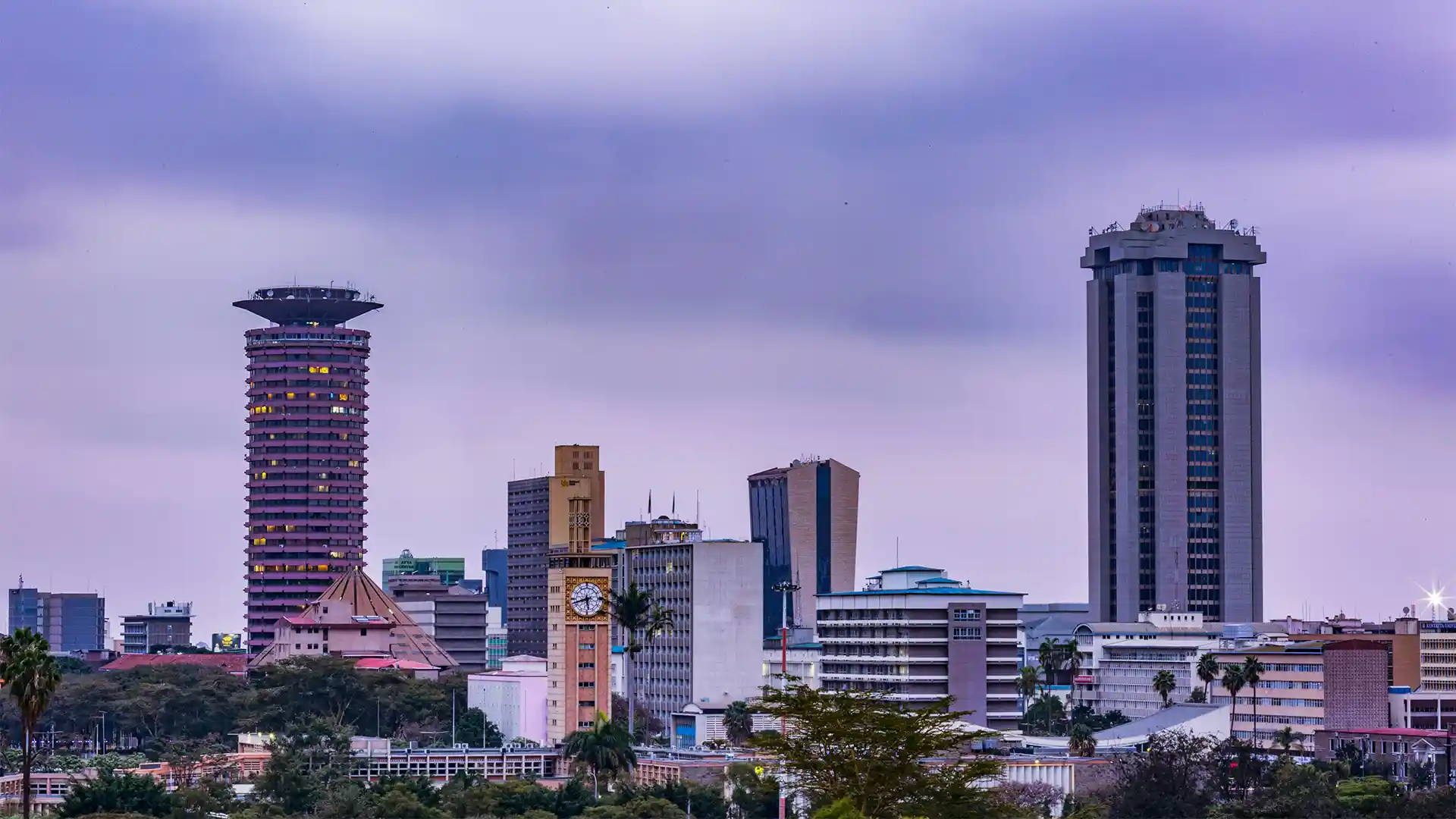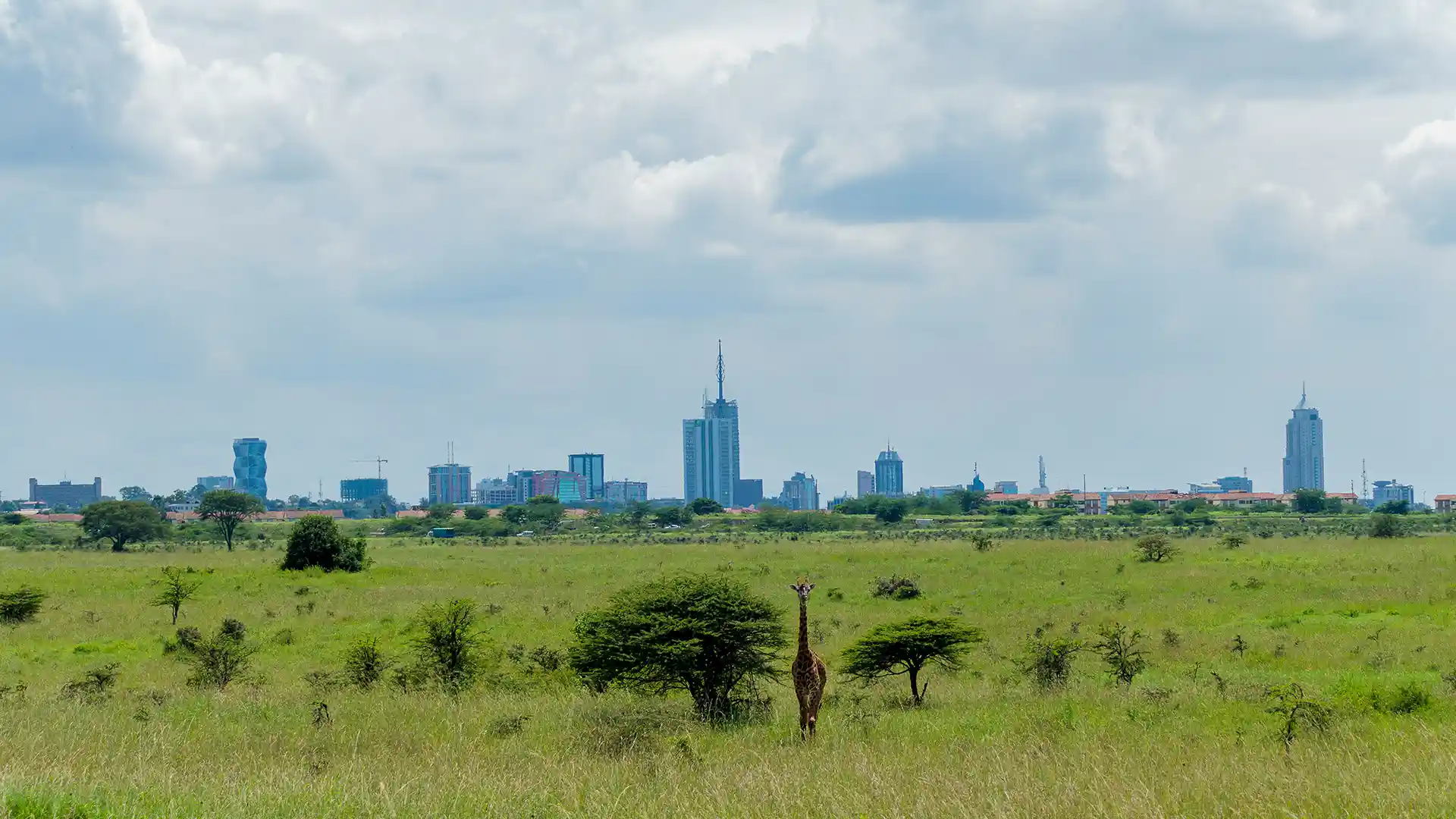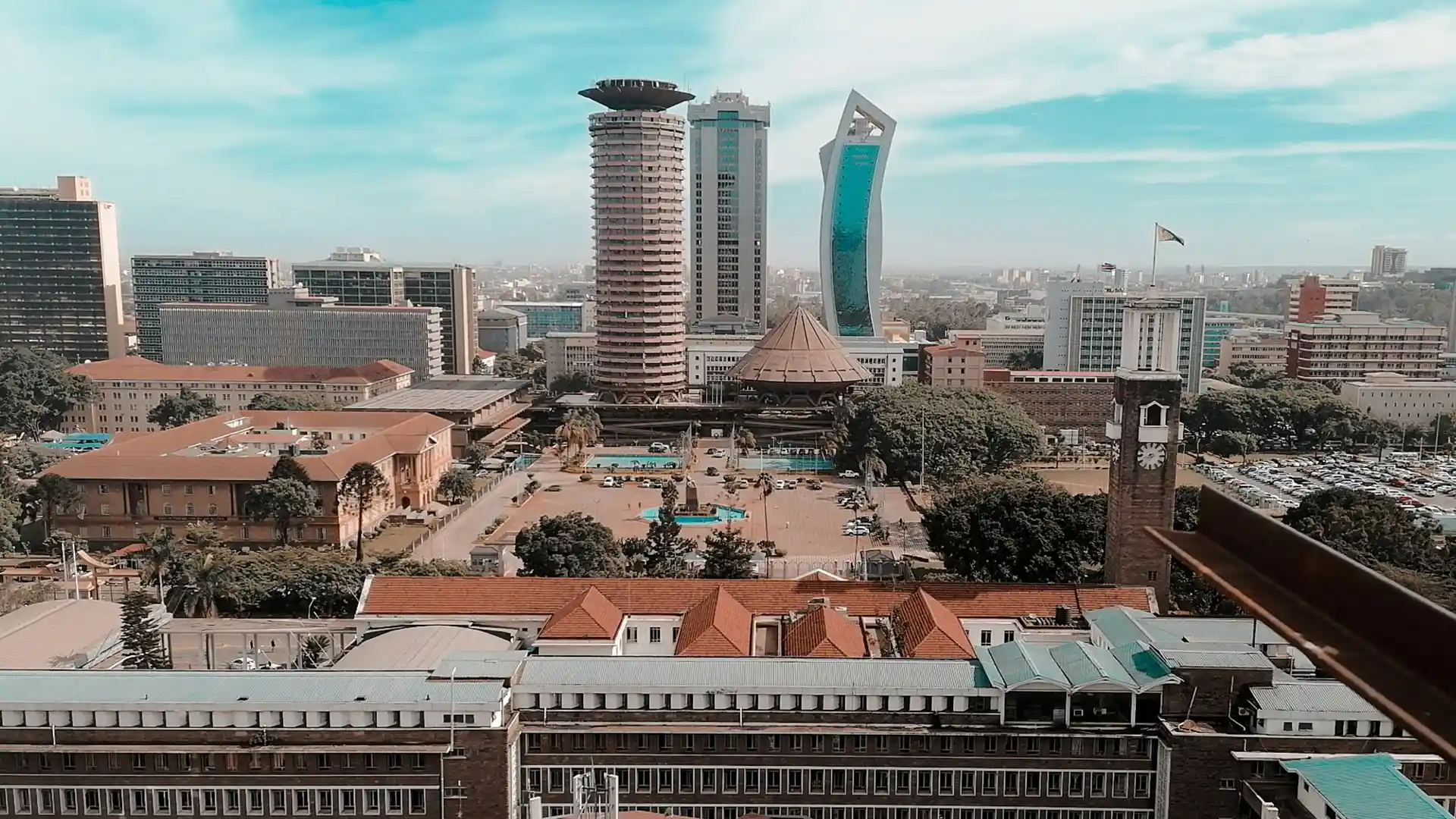Experience Nairobi
Nairobi is a city of natural beauty, with parks and wildlife reserves nestled among the urban landscape.

Overview
Welcome to Nairobi, the dynamic and lively capital city of Kenya. This city is an intriguing blend of modernization and traditional African culture, offering visitors a truly unique and awe-inspiring experience. Nairobi is a city that is rich in history and culture, with a diverse range of wildlife and natural beauty. Visitors can explore the city’s many museums and galleries, or take a stroll through one of its many parks and gardens. The city is also home to a wide range of restaurants, cafes, and markets, where visitors can sample authentic Kenyan cuisine and shop for unique souvenirs. Whether you’re looking for adventure, relaxation, or an opportunity to immerse yourself in a new culture, Nairobi is the perfect destination for you.
City History
Founded in 1899 as a railway depot on the Uganda Railway, it quickly expanded due to its strategic location and favorable climate. Named from the Maasai phrase “Enkare Nairobi,” meaning “cool water,” the city attracted settlers, merchants, and adventurers.
In 1905, Nairobi became the capital of British East Africa, drawing a diverse population. The city evolved into a commercial and administrative hub, with coffee and tea plantations bolstering its economy. Nairobi’s growth was marked by the construction of iconic buildings like the Norfolk Hotel and the Railway Headquarters, symbols of its colonial past.
The city played a pivotal role in Kenya’s journey to independence. In the 1950s, it was a center for nationalist activities, with leaders like Jomo Kenyatta advocating for freedom. Nairobi witnessed significant events during the Mau Mau uprising, a key chapter in Kenya’s fight against British rule.
Post-independence, Nairobi flourished as a cultural and economic powerhouse. It became a regional center for international organizations, including the United Nations Environment Programme. The city’s landscape transformed with modern skyscrapers, bustling markets, and expansive parks like Uhuru Park, reflecting its dynamic spirit.
Things to See
Nairobi National Park – Located just outside the city center, Nairobi National Park is a must-visit destination for wildlife enthusiasts. This park has a unique location, as it is the only national park in the world that is situated within a capital city’s boundaries. Visitors can spot a variety of animals, including lions, buffalos, giraffes, and zebras.
David Sheldrick Wildlife Trust – This elephant orphanage is a perfect place to experience the adorable baby elephants, and visitors can watch them being fed and playing. The David Sheldrick Wildlife Trust is a world-renowned conservation organization that rescues and rehabilitates orphaned elephants and rhinos.
The National Museum of Kenya – The National Museum of Kenya is an excellent place to learn about the country’s history and culture. Visitors can explore the various exhibits, which include prehistoric artifacts, traditional crafts, and contemporary art.
Karen Blixen Museum – The Karen Blixen Museum is a historic house located in a suburb of Nairobi. It was once the home of the Danish author Karen Blixen, who wrote the famous memoir “Out of Africa.” Visitors can tour the house and learn about Blixen’s life in Kenya.
The Maasai Market – The Maasai Market is a bustling open-air market that takes place every day in different locations around the city. It’s an excellent place to shop for souvenirs, art, and crafts, and visitors can haggle with the local vendors for the best prices.

Getting In
By Air: If you are traveling by air, the Jomo Kenyatta International Airport is the main gateway to Nairobi. It is located about 18 kilometers southeast of the city center and is accessible by taxi, bus, or airport shuttle. The airport serves several international airlines and has regular flights to and from major cities around the world.
By Road: If you are traveling by road, Nairobi is connected to other parts of Kenya and neighboring countries through a network of highways and bus routes. The main bus terminal in Nairobi is the Nairobi Bus Station, which serves several long-distance destinations within Kenya and neighboring countries like Tanzania and Uganda.
By Rail: If you prefer to travel by train, Nairobi is also connected to Mombasa, Kenya’s second-largest city, through the Nairobi-Mombasa Railway. The train journey takes about six hours and offers stunning views of the Kenyan countryside.

Currency
The currency used in Nairobi, the capital city of Kenya, is the Kenyan shilling. This currency has been in circulation since 1966 and is denoted by the symbol “KSh”. The Kenyan shilling is subdivided into 100 cents, and there are coins in denominations of 1, 5, 10, and 20 shillings, as well as banknotes in denominations of 50, 100, 200, 500, and 1000 shillings. The Kenyan shilling is regulated by the Central Bank of Kenya, which is responsible for issuing new banknotes and coins, as well as maintaining price stability and economic growth in the country. While other currencies such as the US dollar and the Euro are accepted in some places in Nairobi, it is recommended to use the local currency for transactions to avoid any confusion or extra fees.
General Knowledge Base
General information about Nairobi city, Kenya
Nairobi is often referred to as the “Green City in the Sun” because of its numerous parks and green spaces.
The famous discovery of the skull of a Homo erectus, also known as the “Turkana Boy,” was made in Nairobi in 1984.
The word “Nairobi” comes from the Maasai phrase “Enkare Nairobi,” which means “the place of cool waters.”
The main language spoken in Nairobi is Swahili, although English is also widely spoken.
The tallest building in Nairobi is the UAP Old Mutual Tower, which stands at a height of 163 meters.
Nairobi’s oldest public park is Uhuru Park, which was established in 1969.
Nairobi’s most popular street market is the Maasai Market, which sells a variety of handmade crafts and souvenirs.
The largest slum in Nairobi is Kibera, which is home to an estimated 250,000 people.
